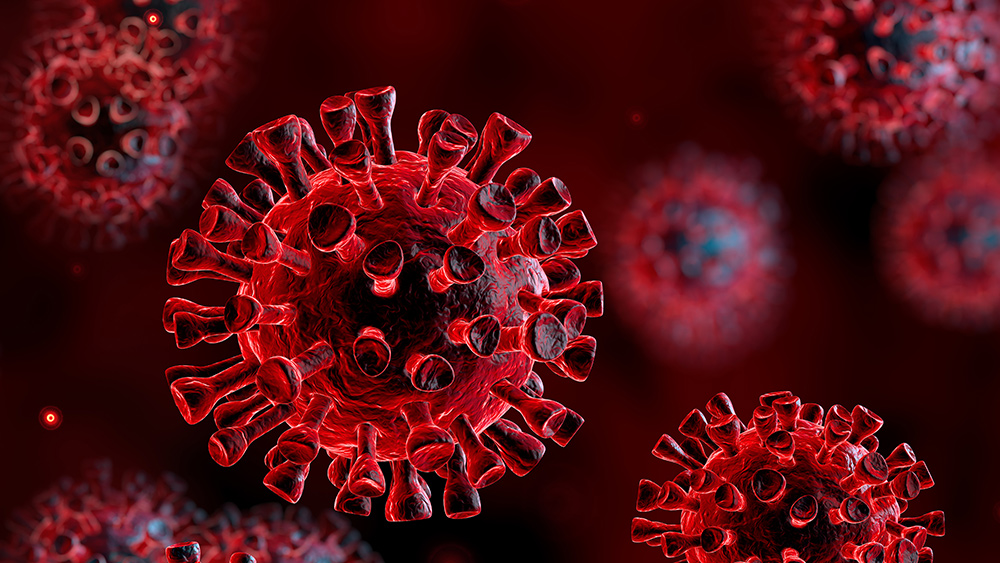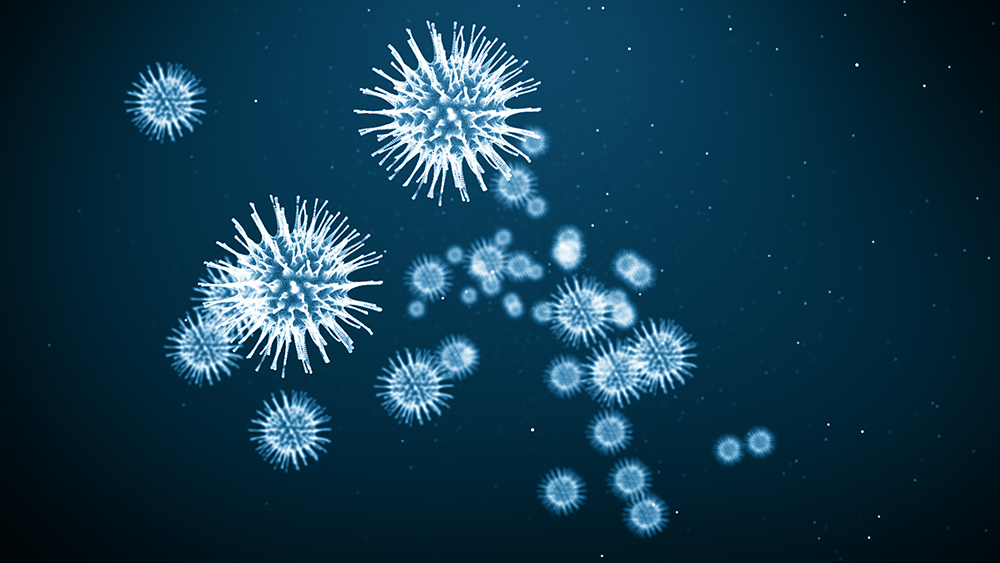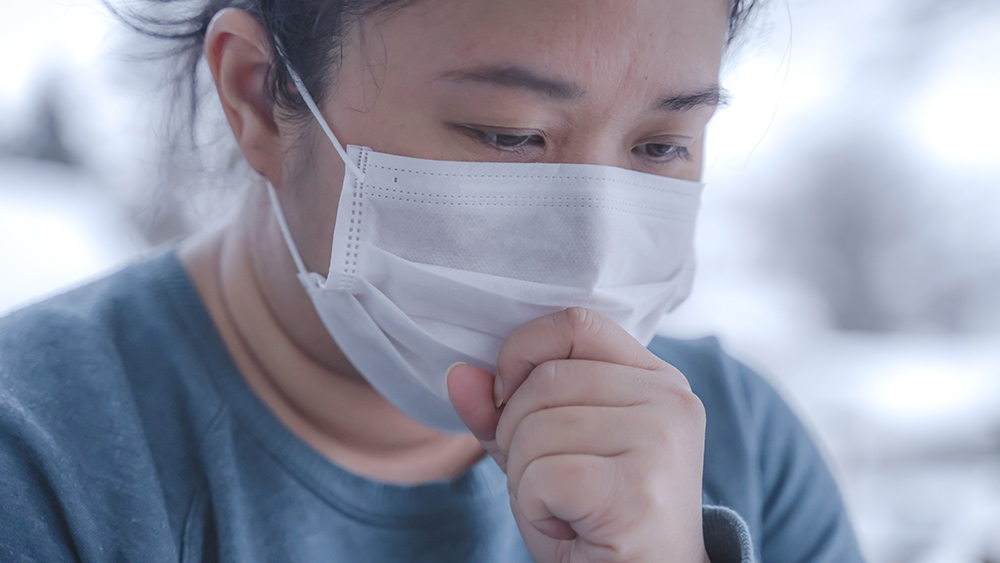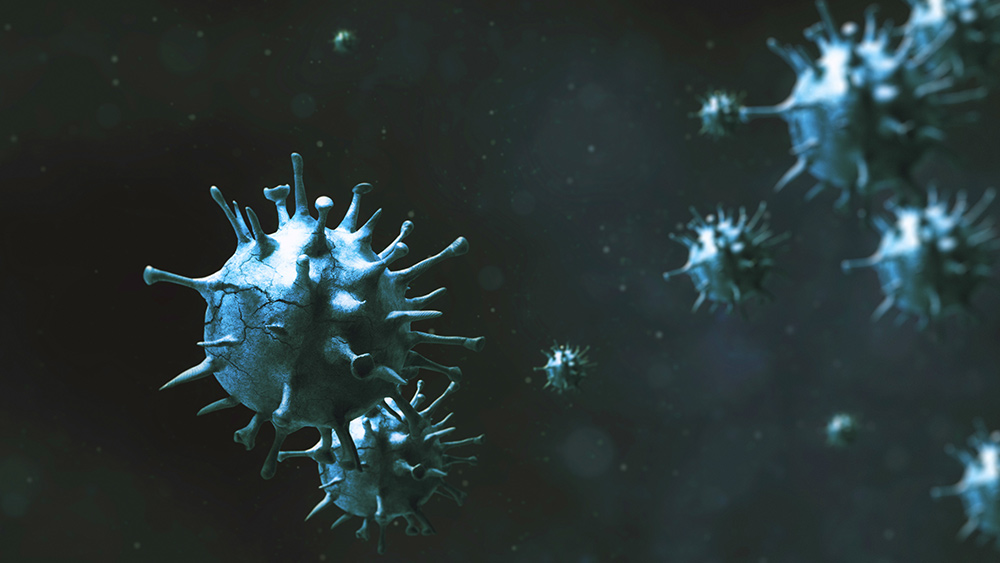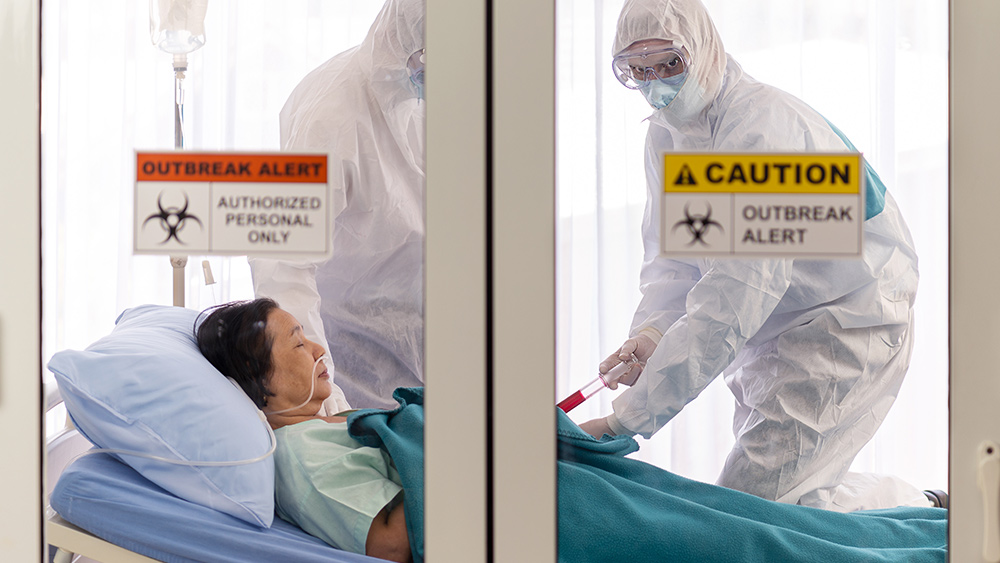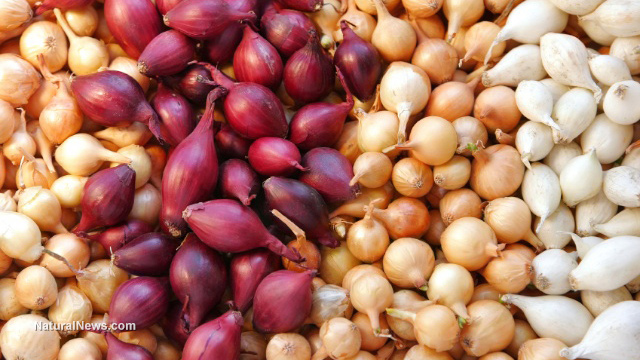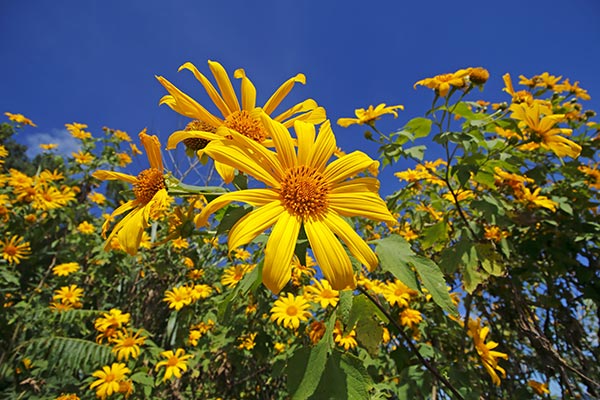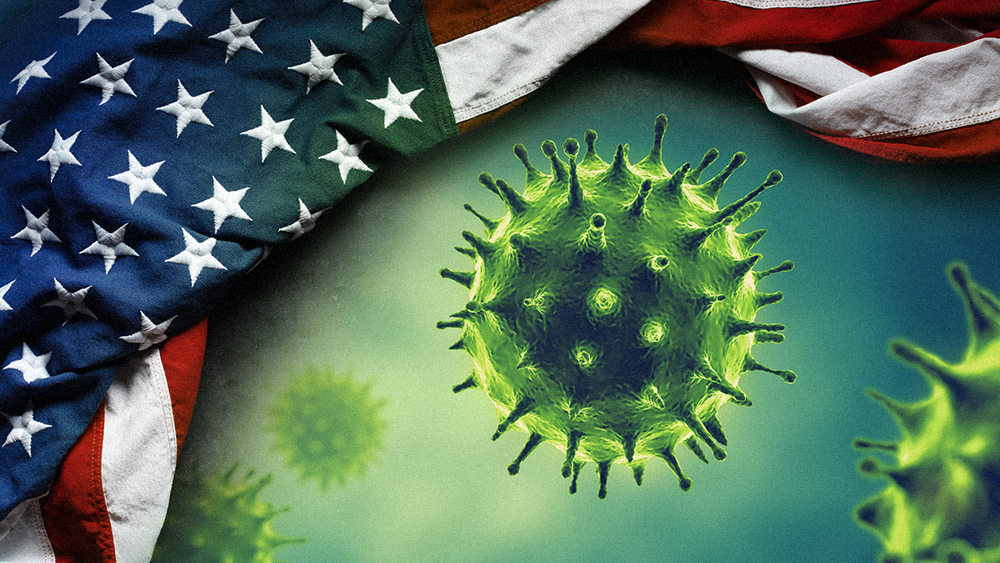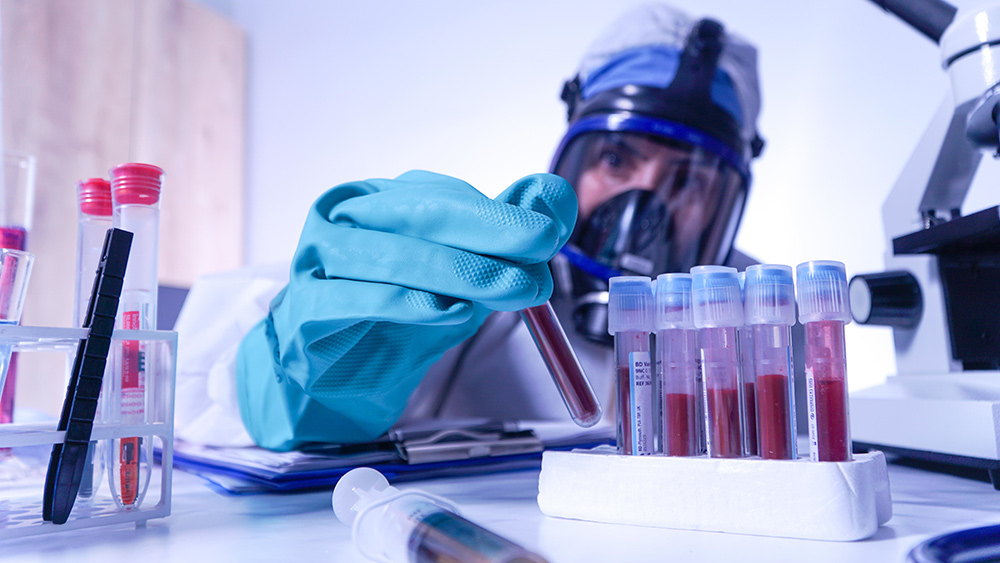Can the flatcrown tree be the answer to Gram-negative superbugs?
03/05/2020 / By Evangelyn Rodriguez

Gram-negative bacteria, which are classified based on the color (red) they turn to after Gram staining, can be found everywhere, even in the human gut. Many known bacterial pathogens are Gram-negative, such as Escherichia coli, Pseudomonas aeruginosa, Chlamydia trachomatis and Vibrio cholerae.
According to studies, Gram-negative bacteria are inherently resistant to macrolide antibiotics, which are widely used to fight infections, particularly those that affect the respiratory system. The increasing resistance of these pathogens to multiple antibiotics, as well as the lack of new and effective drugs to combat them, have prompted researchers to look for new antibacterial agents from natural sources.
In a recent study published in the journal BMC Complementary and Alternative Medicine, researchers from Cameroon and Turkey isolated compounds from the root of Albizia adianthifolia, a plant used in traditional medicine to treat microbial infections. They assessed the activities of these compounds against Gram-negative and multi-drug resistant (MDR) bacteria and found that A. adianthifolia is a rich source of antibacterial agents that can stop the growth of drug-resistant bacterial pathogens.
A. adianthifolia extracts have potent antibacterial properties
Scientists believe that the resistance shown by some bacteria to anti-microbial agents can be associated with the presence of efflux pumps in their plasma membrane. Efflux pumps are proteins that transport a wide range of compounds outside of cells. Studies show that in MDR bacteria, these proteins extrude virtually all clinically relevant antibiotics from within cells into the external environment. This allows MDR bacteria to survive antibiotic treatments.
A. adianthifolia, also known as flatcrown tree, is indigenous to South Africa and is used in many gardens. In Cameroon, A. adianthifolia is used as a natural medicine for a variety of health problems, such as bronchitis, inflamed eyes, tapeworm infection, headaches, sinusitis and skin diseases. Previous studies have shown that this plant is rich in phytochemicals, such as adianthifoliosides, lupeol, aurantiamide acetate and prosapogenins. These compounds are known to have anti-cancer, anti-inflammatory, anti-viral, antinociceptive and antibacterial properties.
For their study, the researchers used chromatography to first obtain fractions (AARa and AARb) and subfractions (AARa1–4, AARb1–2 and AARb11–14), then isolate phytochemicals from A. adianthifolia root extracts. They then used spectroscopic techniques to identify these chemicals. The researchers reported that they were able to isolate stearic acid, a 1:1 mixture of stigmasterol and B-sitosterol, B-sitosterol 3-O-B-D-glucopyranoside, palmatin, homomangiferin and mangiferin from the root extracts.
While AARa showed selective inhibitory effects, AARb and its subfractions (AARb1-2) inhibited the growth of all the Gram-negative bacteria tested. B-sitosterol 3-O-B-D-glucopyranoside, mangiferin and the stigmasterol-B-sitosterol mixture also inhibited the growth of 54.54 percent, 27.27 percent and 45.45 percent of the tested bacterial strains, respectively.
Combined with an efflux pump inhibitor (phenylalanine-arginine-B-naphthylamide), the stigmasterol-B-sitosterol mixture and B-sitosterol 3-O-B-D-glucopyranoside showed stronger inhibitory effects against all the tested bacteria. Meanwhile, comparison with antibiotics like erythromycin, streptomycin and tetracycline showed that the stigmasterol-B-sitosterol mixture and B-sitosterol 3-O-B-D-glucopyranoside had the most significant synergistic activity against the test bacteria.
Based on these results, the researchers concluded that the components of A. adianthifolia can be used to treat infections caused by Gram-negative and MDR bacteria.
Common natural remedies for bacterial infections
Traditional healers have been using medicinal plants to clean wounds and treat infections for thousands of years. Today, many of these natural remedies are still in use, and most of their therapeutic effects are now backed by science. Here are seven of the best natural antibiotics used for the treatment of bacterial infections: (h/t to MedicalNewsToday.com)
- Garlic (Allium sativum) — Raw garlic contains allicin, a powerful compound with anti-microbial properties.
- Honey — Traditionally used in wound care, honey contains hydrogen peroxide, which is responsible for its anti-bacterial effects.
- Ginger (Zingiber officinale) — According to studies, the anti-microbial properties of ginger come from a compound called gingerol.
- Echinacea — Plants from this genus, such as E. purpurea (purple coneflower), are known to kill different kinds of bacteria.
- Goldenseal (Hydrastis canadensis) — Goldenseal contains alkaloids like berberine, which is credited for the plant’s anti-bacterial properties.
- Clove (Syzygium aromaticum) — Studies show that clove essential oil can kill off common bacteria, including those that contribute to gum disease.
- Oregano (Origanum vulgare) — Oregano, and oil of oregano, contains two anti-microbial compounds, carvacrol and thymol.
The abundance of bioactive compounds in plants makes them effective treatments for a variety of health problems, including bacterial infections. A. adianthifolia is not the only plant with antibacterial properties strong enough to kill MDR bacteria. To learn about other plants from folk medicine, visit PlantMedicine.news.
Sources include:
Tagged Under: alternative medicine, antibacterial, flatcrown tree, herbal medicine, infections, multi-drug resistant bacteria, natural antibiotics, natural cures, natural medicine, phytonutrients, plant medicine, remedies, research, superbugs

